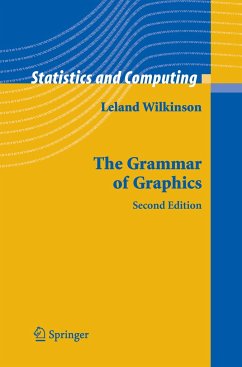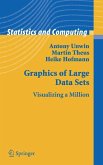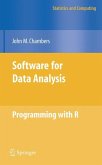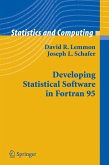Preface to First Edition Before writing the graphics for SYSTAT in the 1980's, I began by teaching a seminar in statistical graphics and collecting as many different quantitative graphics as I could find. I was determined to produce a package that could draw every statistical graphic I had ever seen. The structure of the program was a collection of procedures named after the basic graph types they p- duced. The graphics code was roughly one and a half megabytes in size. In the early 1990's, I redesigned the SYSTAT graphics package using - ject-based technology. I intended to produce a more comprehensive and - namic package. I accomplished this by embedding graphical elements in a tree structure. Rendering graphics was done by walking the tree and editing worked by adding and deleting nodes. The code size fell to under a megabyte. In the late 1990's, I collaborated with Dan Rope at the Bureau of Labor Statistics and Dan Carr at George Mason University to produce a graphics p- duction library called GPL, this time in Java. Our goal was to develop graphics components. This book was nourished by that project. So far, the GPL code size is under half a megabyte.
From the reviews:
ZENTRALBLATT MATH
"Who should read this book? The simple answer is, of course, anyone who is interested in business or scientific graphics. This is the only book in print that lays out in detail how to write computer programs for business or scientific graphics."
SHORT BOOK REVIEWS
"This book reveals the kind of thinking that produced the versatile graphics component of those packages, and offers a foundation for quantitative graphics in the distributed computing environments of the future."
ZENTRALBLATT MATH
"Who should read this book? The simple answer is, of course, anyone who is interested in business or scientific graphics. This is the only book in print that lays out in detail how to write computer programs for business or scientific graphics."
SHORT BOOK REVIEWS
"This book reveals the kind of thinking that produced the versatile graphics component of those packages, and offers a foundation for quantitative graphics in the distributed computing environments of the future."








